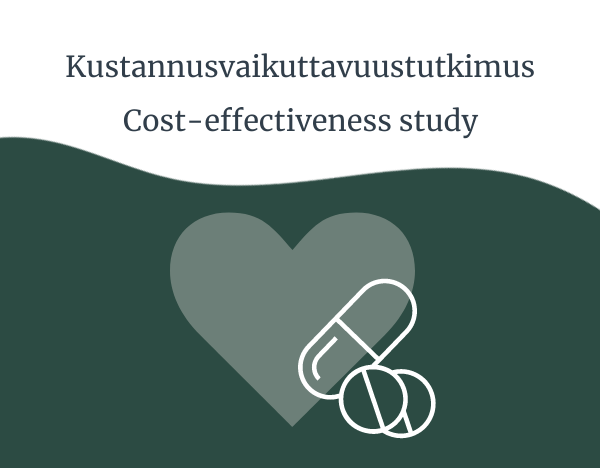Is it cost-effective to combine empagliflozin with the standard care of heart failure in Finland? We assessed this in our study.
Sodium-glucose cotransporter-2 (SGLT2) inhibitors, such as empagliflozin, have been shown to improve the outcomes of patients with heart failure. There are two types of heart failure according to left-ventricular ejection fraction, which can be either preserved or reduced. Empagliflozin has been found to be effective regardless of the status of ejection fraction.
In our study, we assessed the cost-effectiveness of empagliflozin combined with standard care in the treatment of both types of heart failure. This combination has not, to our knowledge, been studied before. The comparison was made to standard care. The modelling covered disease progression, events, and costs over lifetime. Cost-effectiveness was assessed from the health care payer perspective with Finnish data from public sources. Data regarding empagliflozin’s comparative efficacy, event risk, and quality of life were derived from the EMPEROR-Reduced and EMPEROR-Preserved trials.
According to our assessment, the treatment of heart failure with empagliflozin is cost-effective in Finland regardless of the status of left-ventricular ejection fraction. These results may be applicable to other countries with a similar healthcare system and economy as Finland.
Read the research publication here.
More information: Erkki Soini
